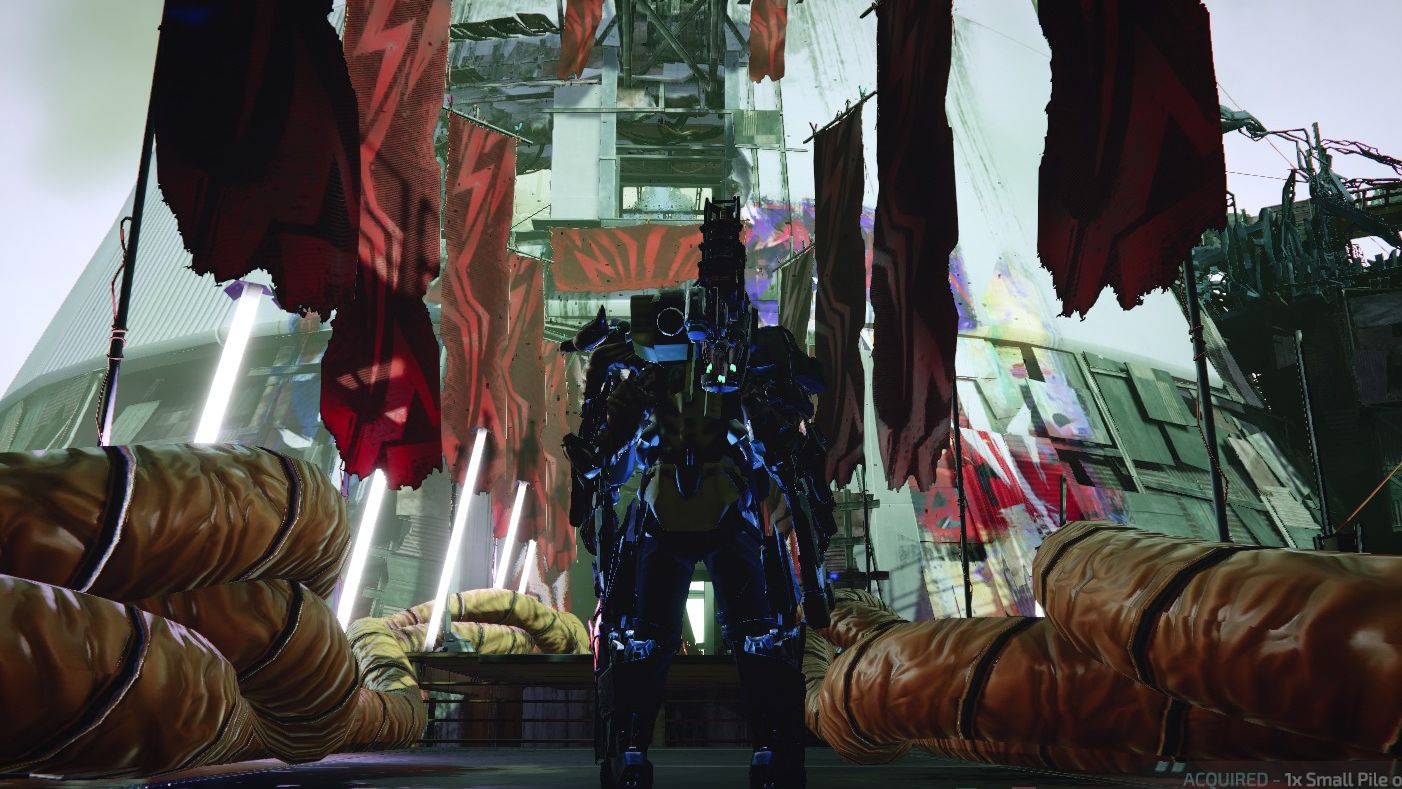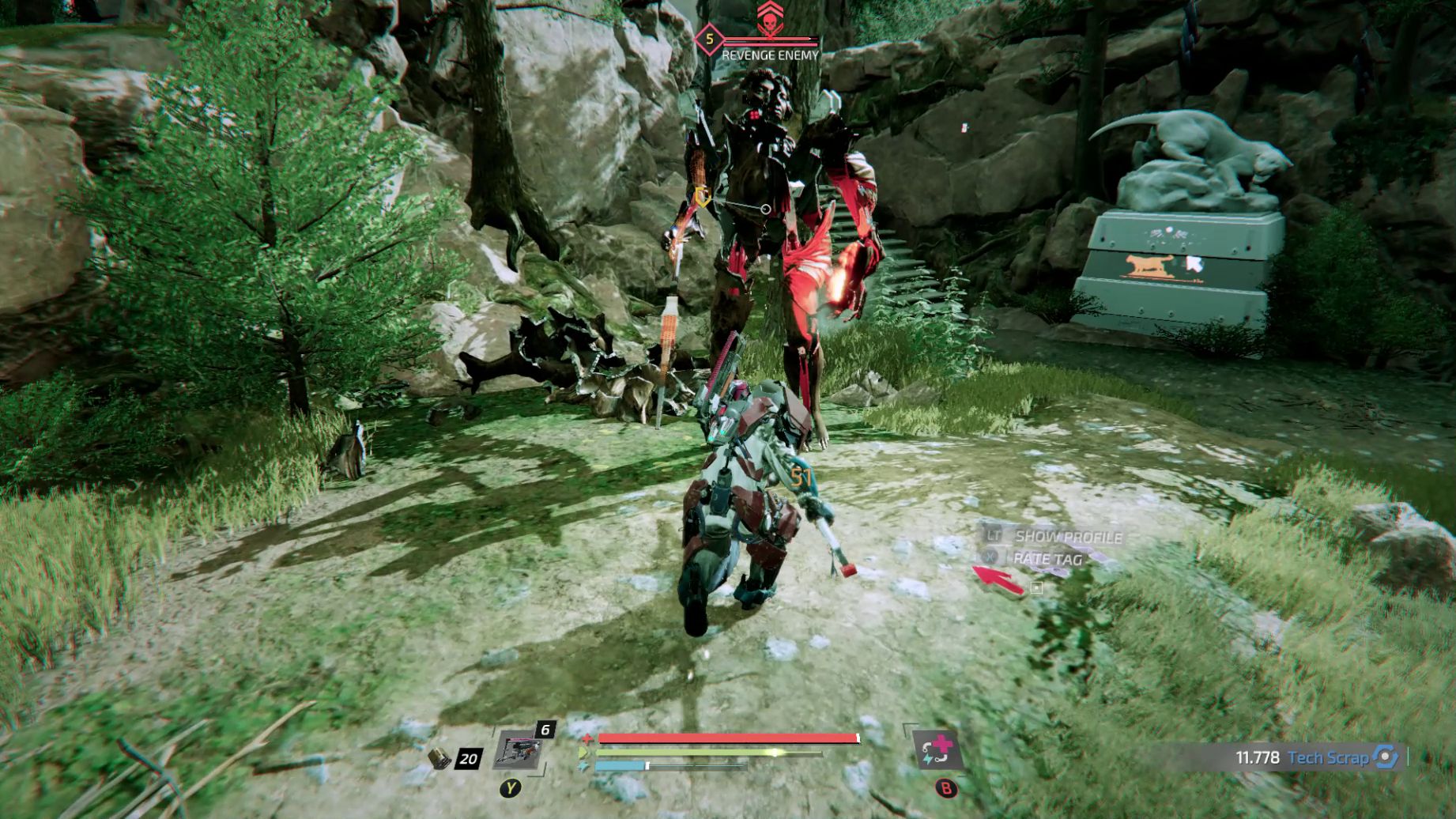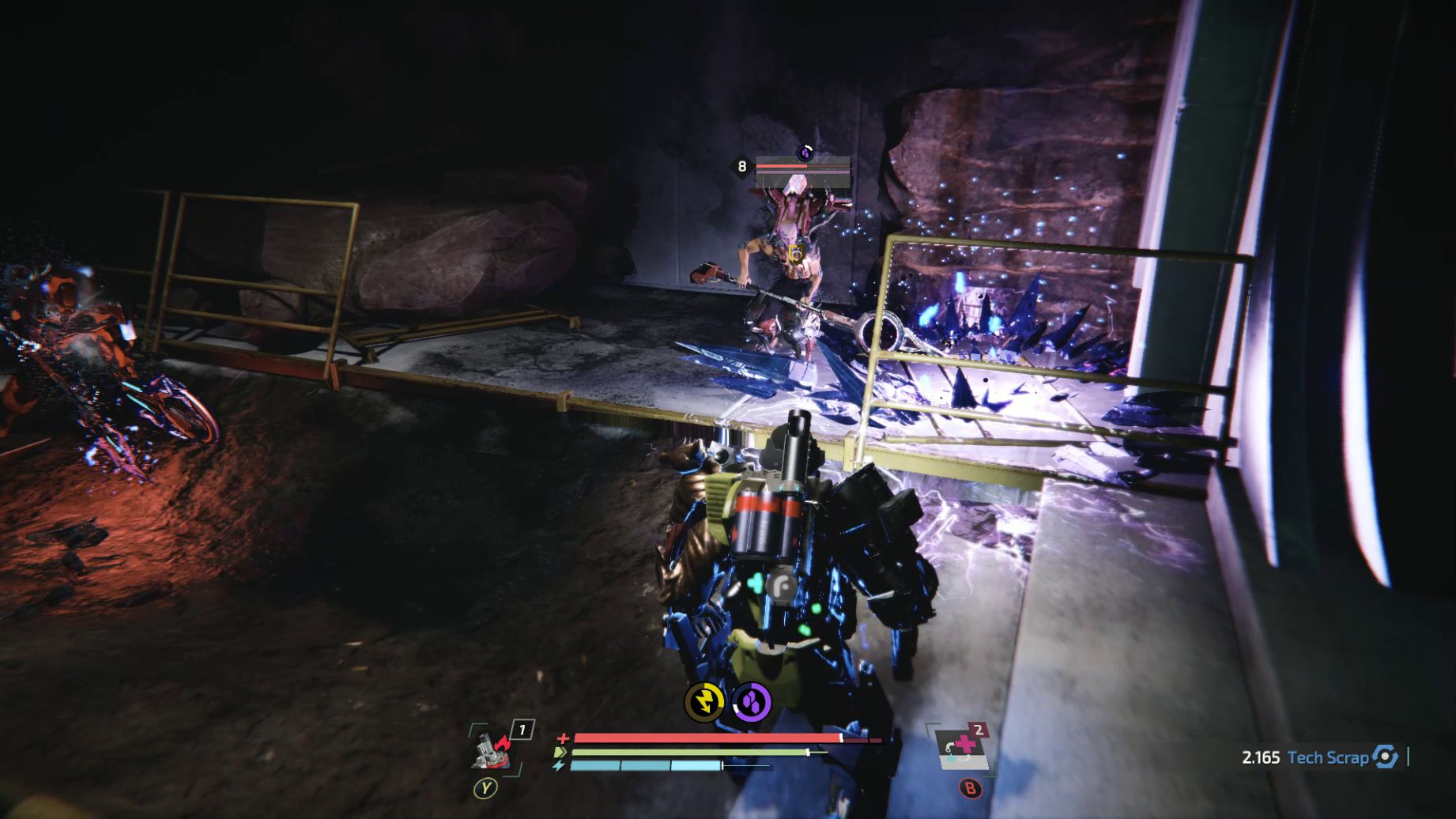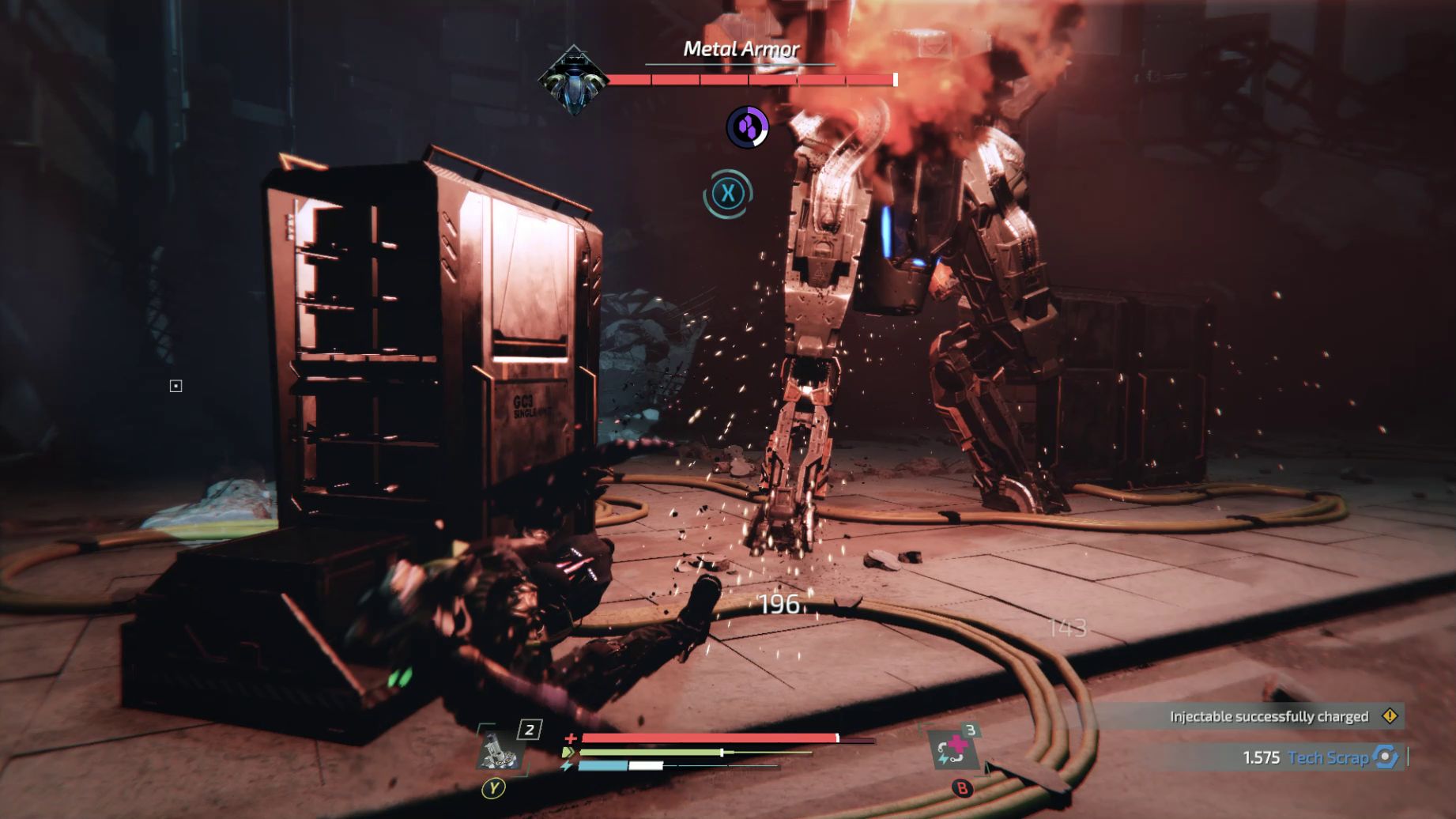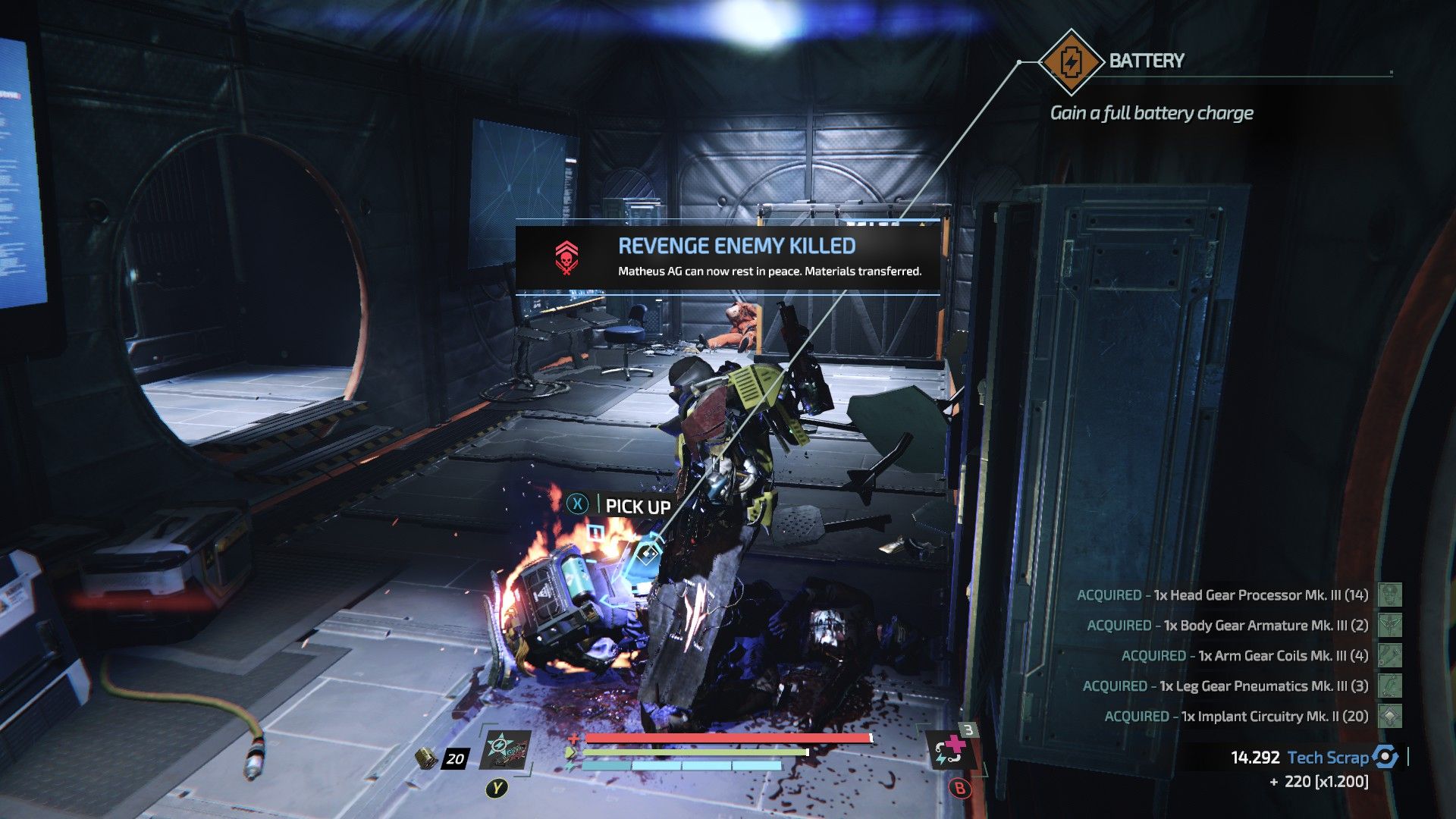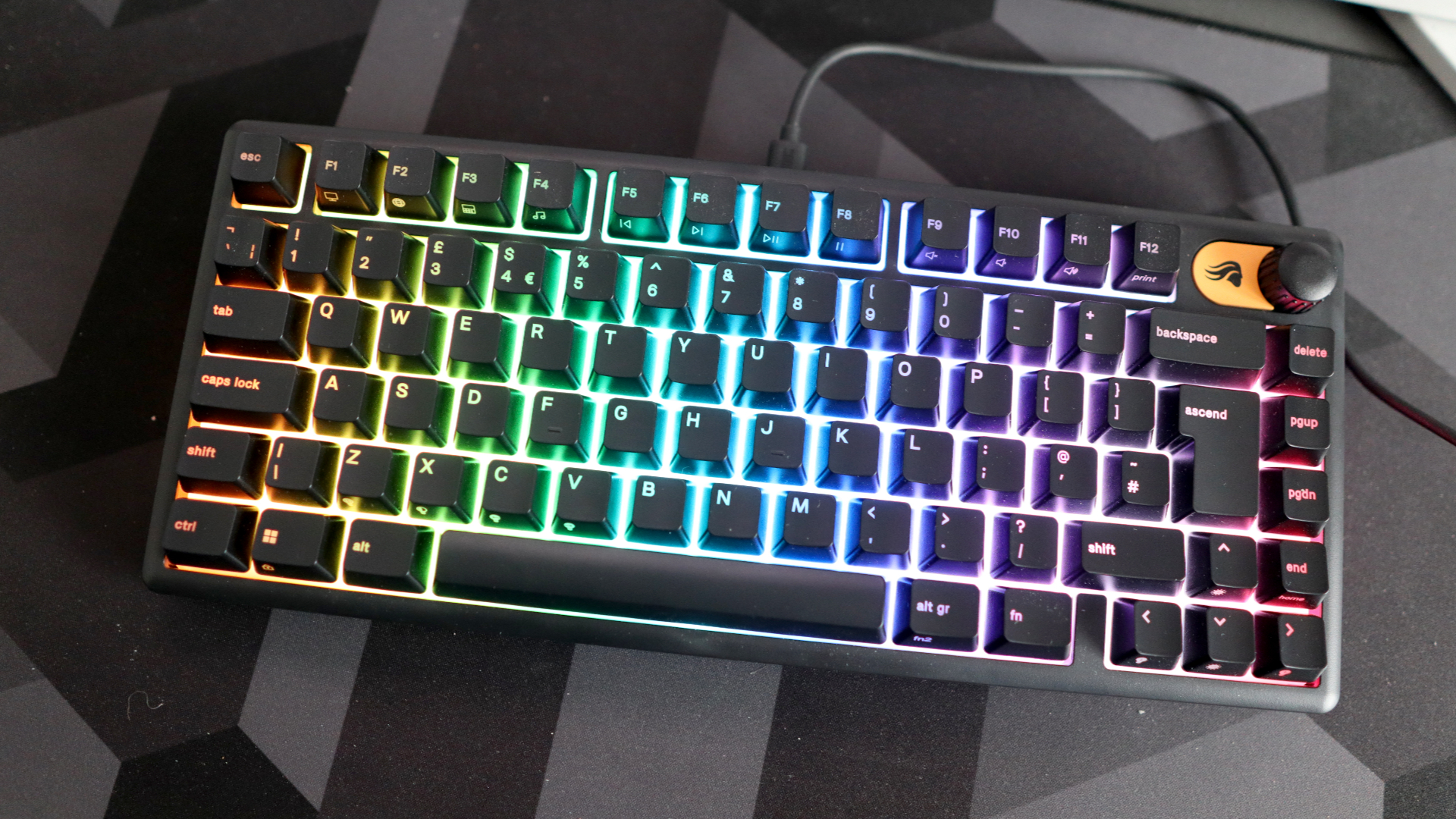PC Gamer's got your back
What is it? A Soulslike action-RPG set in the ruins of an industrial futuristic city
Expect to pay £44/$50
Developer Deck13 Interactive
Publisher Focus Home Interactive
Reviewed on GTX 1070, i7-6700HQ, 16GB RAM, SSD
Multiplayer Yes (Limited)
Link Official site
Developer Deck13 is nothing if not tireless. Back in 2014, the German studio made Lords of the Fallen, a pretty but derivative Soulslike that was perhaps too in awe of From Software’s source material to seriously forge its own identity. But with The Surge a couple of years later, Deck13 was onto something, introducing crunchy dismemberment mechanics and propelling the setting into an industrial sci-fi future reminiscent of a longshoreman’s waking nightmare.
With The Surge 2, Deck13’s five-year grind in that formula of tough, stamina-based combat, corpse runs and shortcuts takes another thudding step towards self-actualisation. From the sound of metal on bone as you cleave enemies in half with hulking weapons, to the joy of a perfect parry, The Surge 2 is a satisfying, granular action-RPG that Deck13 can really call its own.
The action is set in Jericho City, a futuristic metallic metropolis that’s been beset by The Defrag, a maddening illness caused by a substance called nanite which humans foolishly tried to harness through the usual macguffin of Bad Science. You’re an anonymous schmoe with a tacked-on backstory whose plane crashes into the middle of this mess, following cyber-spectral visions of a young girl who has something to do with it.
But from more or less the moment I lopped off my first enemy limb, any obligation I had to care for the story or its characters made way for the far more immediate satisfaction of combat and character progression. Much like its predecessor, combat in The Surge 2 is based around observation, stamina management and timing. Watch your enemies’ attack patterns, target specific body parts for weaknesses, then use those body parts to craft modular gear for your avatar. It’s a very satisfying loop.
The panoply of armour and weaponry means that there’s plenty of versatility within this system; you can be a hulking, immovable brute who looks like a junkyard Transformer, winding up lumbering jackhammer swings to scatter enemies picking at you. Or perhaps you’d rather be a fleet-footed dodger, leaping in with balletic spear strikes before breaking your combo to leap away again.
XP comes in the form of tech scrap, which you use to upgrade or construct equipment, or to level up and upgrade your health, stamina and battery efficiency (used to execute finishing moves and use boosts called injectors). Battery power is earned by attacking enemies, so in order to heal yourself or gain short-term boosts you need to be aggressive. It’s a variant of the in-your-face combat style seen in Bloodborne, and feels apt for a game that’s faster-paced and more aggressive than its predecessors.
The good news is that without fiddly RPG stats to worry about, and an option to redistribute your basic stats at any time, you don’t need to wait for a new run of the game to experiment with different builds.
Keep up to date with the most important stories and the best deals, as picked by the PC Gamer team.
Once you’ve worn a limb down enough you can carry out a slow-mo finishing move that cuts it off.
The weapons—ranging from clanging electric-charged gauntlets to angular chunks of metal that look like spare crane parts—are so brash and brawny that you want to play around with all of them, and the game does a good job of pushing you to do so by confronting you with a solid variety of enemy types with different attack patterns and weaknesses. There will be a little bit of farming required to gather the necessary pieces for new armour and weapon upgrades, but it’s a fair price to pay for radically changing up your playstyle mid-game.
The implant system feeds into this malleability. As you level up, you gain extra slots to fill with implants that either boost certain stats or grant you ‘injectors’, which use your battery cells to replenish health or offer small stat bonuses in damage, defence and so on. These implants can stack in interesting ways, granting you energy for taking damage for example, or giving you multiple boosts for successful parries. You can chop-and-change them at any time, helping you really refine your build and playstyle.
As with the original game, you can target-lock each of an enemy’s individual limbs, aiming for unarmoured parts for quicker kills, or for armoured parts if you want to gain metal alloys used for crafting armour. How likely you are to hit a given limb depends on whether you use vertical or horizontal swings, and once you’ve worn a limb down enough you can carry out a slow-mo finishing move that cuts it off.
Even after executing these finishers however-many hundred times, the variety of animations for each weapon and elegant flow between combat and finisher means it never gets old. Taking out a particularly tricky-bastard enemy by roundhouse-kicking their head clean off or halving them at the waist with a weaponised buzzsaw has been one of the most cathartic gaming mechanics of 2019 for me.
There’s nuance to the combat too. The game cleverly disincentivises panicked button-mashing by preserving your stamina if you time your strikes properly, and there’s now a well-implemented directional parrying system which can leave enemies open for counter-attacks. Where with Sekiro From Software has largely moved on from the classic Dark Souls combat system, Deck13 has successfully managed to imbue it with more depth in The Surge 2, which is an impressive feat.
The Surge 2 punishes complacency, hastiness and hesitation. Particularly in the early going, there’s not a lot of leeway for error as enemy blows can easily stagger you, and an over-reliance on blocking or frantic attacking will leave you short of stamina and vulnerable.
But the difficulty curve is an uneven one. My early forays into the docklands area of Port Nixon and later the verdant artificial wilderness of Gideon’s Rock led to dozens of deaths and poundings of my gamepad against the nearest soft surface as new enemy types forced serious shifts in my combat approach. Later on however, the way I distributed my stats and implants—overwhelmingly focused around battery efficiency, energy replenishment and health injectors—made me virtually unstoppable by the time I reached the final third of the game, draining much of the mid-game momentum.
Early boss encounters are the right kind of gruelling, resulting in a healthy amount of deaths, expletives and subsequent mastery on my part. But by the latter stages I was ploughing through most bosses first time—no doubt helped by my plucky levelling and the fact that most later bosses are somewhat uninspired higher-level repeats of earlier ones.
Jericho City is a more open and sprawling setting than the original game’s factory complex. There are several vast zones in the world, housing all kinds of secrets, shortcuts and bifurcating routes. It’s more lived-in too, with different factions vying for control of the streets while enclaves of humanity hunker in shopping malls and nightclubs, where you can chat, pick up quests, trade goods, and listen to local gossip about the surrounding apocalypse.
When you die, you drop all your unspent tech scrap, and need to return to that spot without dying in order to retrieve it.
Within Jericho City, the Souls bonfire is replaced by Medbays—sporadic save points where you trade your gathered scrap for upgrades and level up in exchange for enemies in the area respawning. When you die, you drop all your unspent tech scrap, and need to return to that spot without dying in order to retrieve it.
It’s a reliably suspenseful system, and in The Surge 2 it never veers into the unfair. An interesting twist that Deck13 has been refining in its games is a time limit for retrieving your scrap, which can be extended by killing enemies. Your scrap pile also heals you when you’re near it, making it a high-stakes tactical aid in situations like boss fights.
The Surge 2 satiates that itch to open hidden passages connecting back to earlier areas, and items like zipline hooks and charged nano attacks evoke that Metroidvania feel by letting you return to locked-off parts of previously visited areas.
However, many of the shortcuts link areas that often aren’t relevant to where you’re going, and many areas feel so visually muddled and indistinct that it’s hard to memorise every shortcut you uncover. Too often I found myself scouring the same area over and over again in search of where to go next, before eventually stumbling upon the poorly signposted critical path.
Deck13’s previous games were often wanting in the ways of atmosphere, art direction and story, all of which tended towards the generic. True to form, Jericho City isn’t a place that absorbs and envelopes with its mysteries. Side-quests are busywork rather than intriguing narrative rabbit-holes, and the deeper you go into the game the more funnelled it feels, pushing you towards its story conclusion rather than beckoning you down uncharted or optional paths.
There’s a nice sense of urban chaos in Jericho City, as snipers take aim at you from the ruins and ambush squads lie in wait while lurid neon signs sardonically tout the erstwhile utopianism of the city.
However, it's a world lacking in personality. The Surge 2 lacks the subtleties of level design and world building that elevates From Software’s catalogue to masterpieces. But it’s kind of fitting that a game so industrial in its theming eschews more artful qualities in favour of the mechanical. In its combat and the open character-and-crafting system around it, The Surge 2 attains a level of mastery right up there with the best action games.
The steely smash-and-crunch of the combat merrily pushed me through its 20-hour campaign and beyond into New Game +, compelling me to ignore the rudimentary world and focus on those glorious moments where sparks, limbs and scrap metal fly with brutal abandon.
Deck13 has come a long way, welding together a solid, structurally sound Soulslike that adeptly showcases what makes this genre special.
Robert is a freelance writer and chronic game tinkerer who spends many hours modding games then not playing them, and hiding behind doors with a shotgun in Hunt: Showdown. Wishes to spend his dying moments on Earth scrolling through his games library on a TV-friendly frontend that unifies all PC game launchers.
